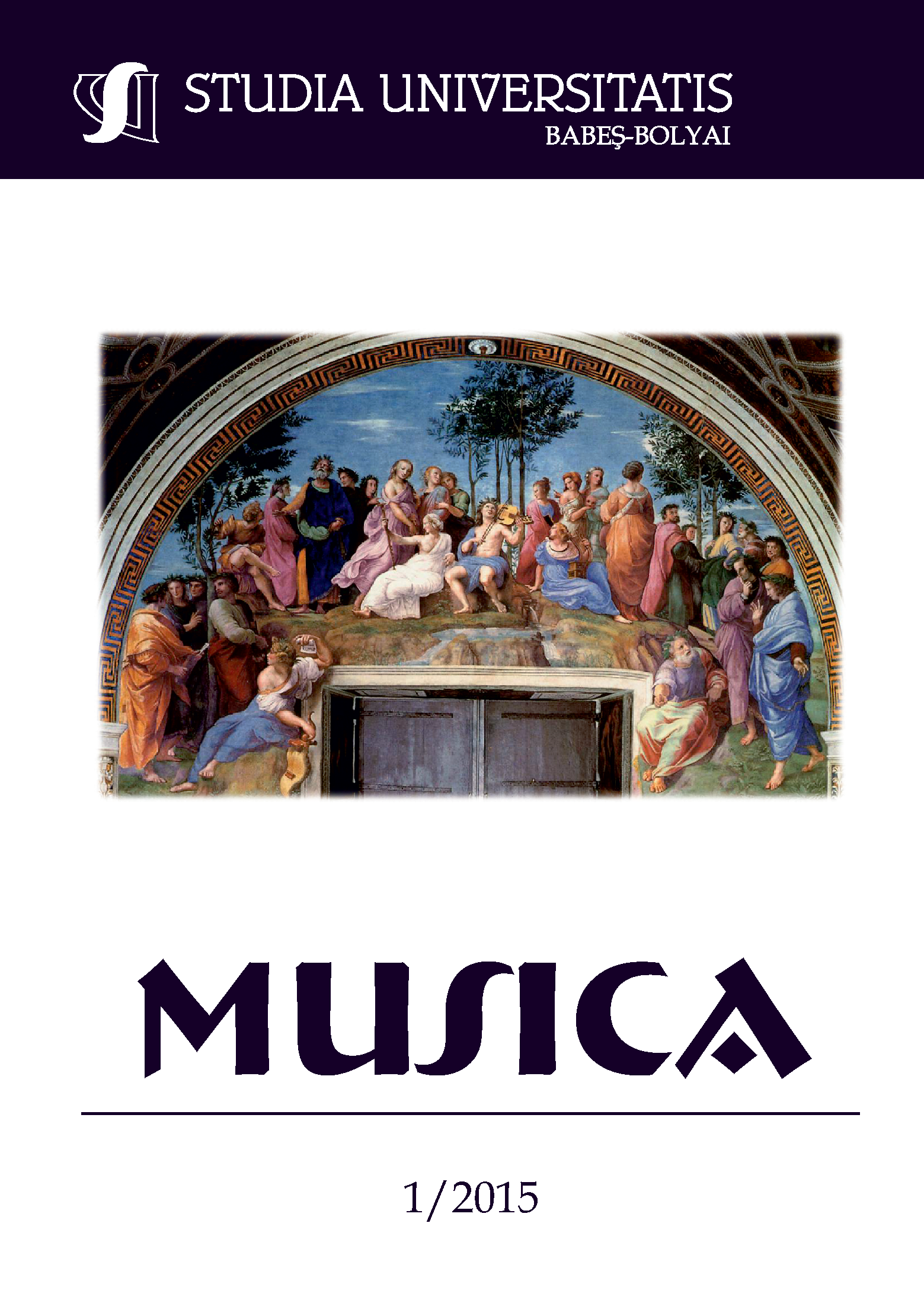CAMILLE SAINT-SAËNS’S CONCEPT OF “VIOLIN CONCERTO”
Keywords:
Camille Saint-Saëns, French composer, French music, violin concerto, music for violin.Abstract
Charles Camille Saint–Saëns is a remarkable French composer, pianist, organist, conductor and musical critic from the second half of the 19th century. Saint- Saëns’s principles of composition were developed under the influence of national traditions, of the creations of French harpsichord players, of Hector Berlioz and of the French opera. The work of this French composer is characterized by luminous lyricism, by a cheerful, joyful disposition, created by dynamic, expressive movements, by noble pathos and by peaceful contemplation. His style is characterized by recitative-melodious intonations and by an extensive use of popular music procedures and rhythmic dance formulas. The syntheses of classical and romantic principles, as well as the inclination towards symphonic poems and monothematic structures are specific features of Saint-Saëns’s ample creations.References
Druzkin, M., Iz istorii frantzuzkoy muziki. O zapadnoy evropeyskoy muzike XX veka, Izd. Sov. Kompozitor, Moskow, 1973.
Gurevici, L., Skripichniye shtrihi i aplikatura kak sredstvo interpretatsii, Muzika, Moscow, 1988.
Saint-Saëns, Camille, Concerto No. 3 for Violin and Orchestra, score, Izdatelistvo Muzîka, Moscow, 1986.
Downloads
Published
How to Cite
Issue
Section
License
Copyright (c) 2015 Studia Universitatis Babeș-Bolyai Musica

This work is licensed under a Creative Commons Attribution-NonCommercial-NoDerivatives 4.0 International License.






